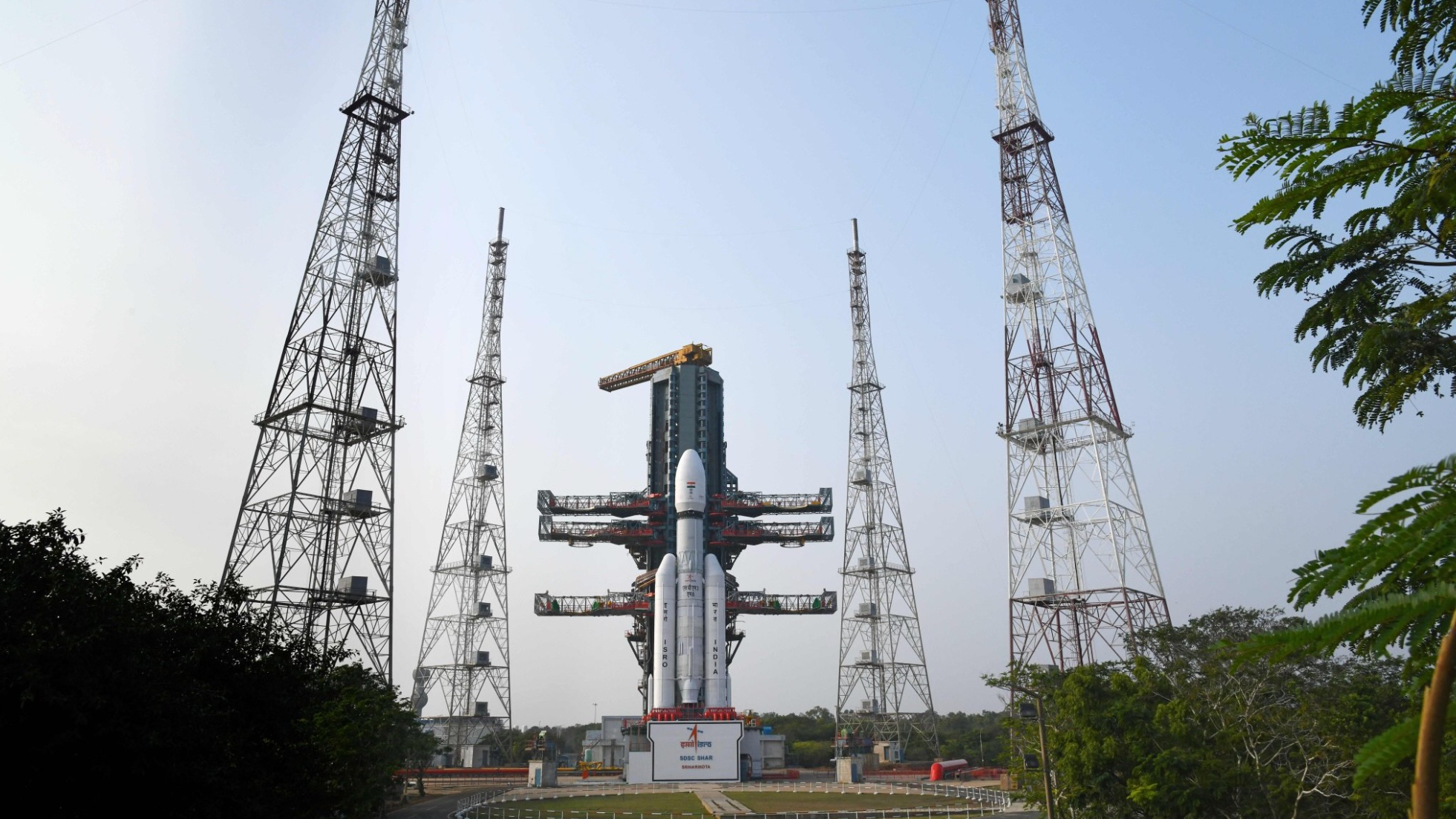Tiny NASA Sun Probe Sees Its Biggest Solar Flare Yet (Video)

A tiny spacecraft with its gaze trained on the sun has observed the strongest solar flare since it launched into orbit last summer, NASA announced.
NASA's sun-watching IRIS observatory captured an amazing video of the mid-level solar flare on Jan. 28 while observing a magnetically active region on the sun.
The IRIS spacecraft ( the name is short for Interface Region Imaging Spectrograph) is on a mission to study the mysteries of our nearest star, including the forces behind the huge eruptions known as solar flares. These solar events occur when the twisted magnetic field lines of the sun cross and reconnect, causing explosions with the force millions of hydrogen bombs that send X-rays and light streaming into space. Sometimes, the resulting radiation storms are powerful enough to trigger radio blackouts on Earth. [Photos: NASA's IRIS Sun Observatory Mission in Space]
In recent months, more powerful solar flares have burst on the sun than the one IRIS saw, including an X1.2-class solar event on Jan. 7 that delayed a private cargo mission to the International Space Station. IRIS, however, only peeks at 1 percent of our star at a time.
But this up-close view means IRIS can make out features as small as 150 miles (240 km) across. It also gives IRIS an unprecedented look at the chromosphere, the layer of the sun's lower atmosphere just above the surface. The chromosphere regulates the flow of energy and material traveling from the sun's surface out into space, NASA officials say.
The spectrograph aboard IRIS can distinguish individual wavelengths of light, which in turn correspond to different temperatures, velocities and densities of solar material. Since the spectrograph was aimed at the heart of this flare when it hit its peak, the data obtained could help scientists understand how flares work, according to NASA.
The probe weighs 400 pounds (181 kilograms) and measures just 7 by 12 feet (2.1 by 3.7 m) with its solar panels extended. IRIS circles Earth in a polar orbit that takes it over the equator at the same local time each day.
Breaking space news, the latest updates on rocket launches, skywatching events and more!
Follow Megan Gannon on Twitter and Google+. Follow us @SPACEdotcom, Facebook or Google+. Originally published on Space.com.

Megan has been writing for Live Science and Space.com since 2012. Her interests range from archaeology to space exploration, and she has a bachelor's degree in English and art history from New York University. Megan spent two years as a reporter on the national desk at NewsCore. She has watched dinosaur auctions, witnessed rocket launches, licked ancient pottery sherds in Cyprus and flown in zero gravity on a Zero Gravity Corp. to follow students sparking weightless fires for science. Follow her on Twitter for her latest project.

